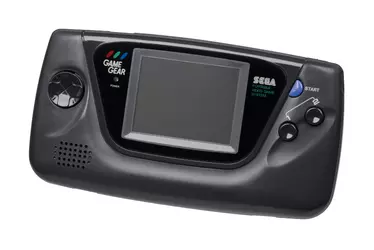- Joined
- Jun 22, 2015
As opposed to white? Which every light is by default? Which you can turn to gray if you darken the brightness?
How was that not an option? Seriously, it could have been just an inverted GameBoy Pocket, which at that point was using white/black/gray for the screen instead of that horrid zombie green.
As crazy as it sounds white LEDs would have made it prohibitively expensive. To make white light with LEDs you need to combine red, blue and green together, (RGB) that's how it works with all color displays, including a full color display on the VB was considered but it would have costed too much and it would have tripled the image alignments issues for the stereoscopic display.
The only other way to get white light is with Blue LEDs with a yellow phosphor element embedded inside to neutralize the blue spectrum making it white. Problem is this too would have been expensive and much less energy efficient.
The thing with blue LED is that, believe it or not, were brand new technology in the early 90s. Red and green LEDs were a piece of cake, been around commercially since the 1970s. but blue LEDs? Every attempt at creating one had failed, it was Unobtainium, The invention of blue LEDs was such a massive breakthrough that it won its inventors the Novel Prize in Physics. Only one company in the world had the patent to manufacture and sale it, not an option for Nintendo which wanted a cheaply produced display. They chose red because it was the cheapest and most energy efficient.
Using LCDs like the Gameboy was out of the question too, LCDs block light. not emit it, that would have required some back lit solution that perhaps was not viable due to technological limitations. We really are spoiled by how advance portable display technology is now and forget how primitive it was in the 90s.
